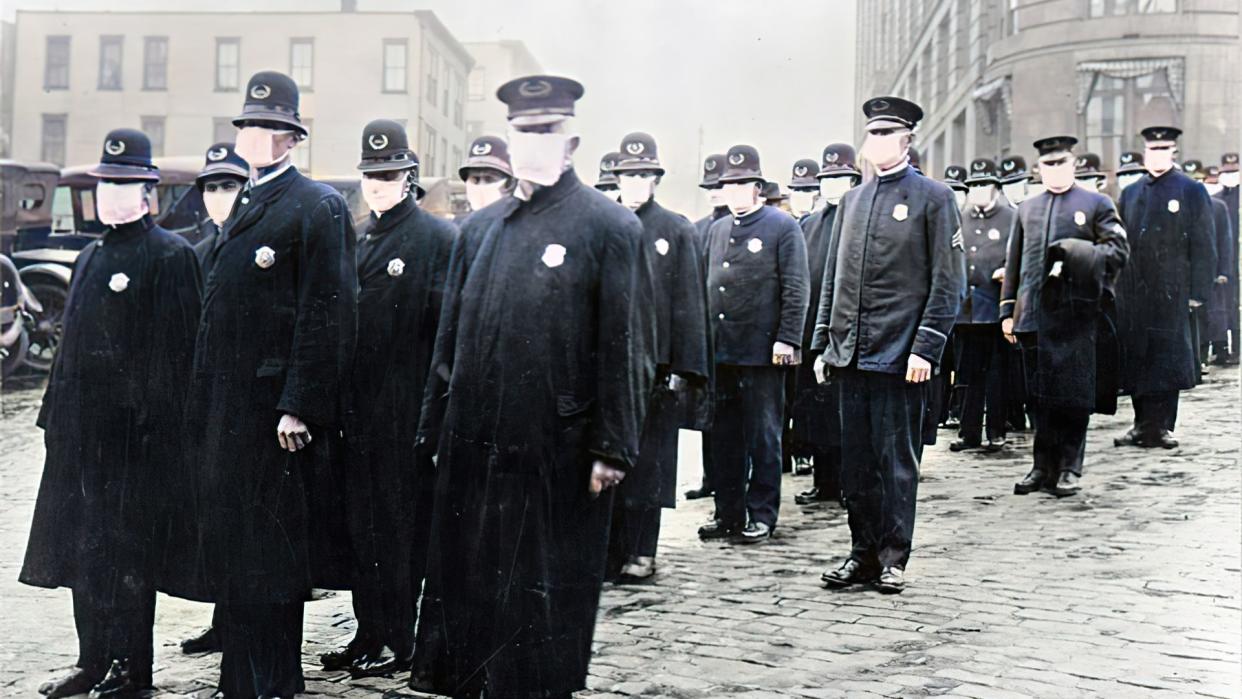Skeletal remains debunk myth around 1918 flu pandemic

Analysis of skeletal remains from more than a century ago has suggested the most widely held assumption around one of the most devastating pandemics in history may be false.
Flu typically kills the very young, the old and the sick. That made the so-called Spanish flu pandemic in 1918 "unusual, or so the story goes", said Gina Kolata in The New York Times. It is an anomaly because it is believed to have struck healthy adults in their prime as often, if not more often, than the weak or sickly.
The virus is thought to have killed at least 50 million people globally, or between 1.3% and 3% of the world's population. Covid-19, in contrast, killed 0.09% of the population. The assumption that the 1918 virus affected the young and healthy has "influenced research and literature for decades", said Phys.org but now new research has found that it may not have been true.
What do the new findings reveal?
The paper published in Proceedings of the National Academy of Sciences analysed bio-archaeological data on age at death and skeletal lesions from 369 individuals who died before and during the 1918 influenza pandemic in the United States. It found those who suffered from chronic diseases or nutritional deficiencies were more than twice as likely to die as those who did not have such conditions, irrespective of age.
"So many people fell ill that doctors at the time believed that healthy people were equally likely to die as those who were already sick or frail," said the report's authors. These results show that "even in the past, people with evidence of prior environmental, social and nutritional stress were most likely to die".
The 1918 virus did kill young people, said Kolata, but "it was no exception to the observation that infectious diseases kill frail and sicker people most readily".
Why is it important?
Sharon DeWitte, an anthropologist at the University of Colorado and an author of the paper, said the finding had a clear message: "We should never expect any non-accidental cause of death to be indiscriminate."
Like Covid-19 a century later or even the Black Death, which wiped out as much as third of the population of Europe in the 14th century, researchers suspect that socioeconomic status, education, and access to health care may have played a role in the high 1918 death toll.
These findings "shine a light on how modern-day communities could better prepare for pandemics and reveal potential shortfalls in relying exclusively on written texts to understand the past", said Phys.org.
The main lesson going forward, said the scientific news site, is the "danger in public health messaging that suggests everybody is equally likely to get sick".
"What we have learned is that in future pandemics there will almost certainly be variation between individuals in the risk of death," said DeWitte. "If we know what factors elevate that risk, we can expend resources to reduce them – and that's better for the population in general."

